After announcing preorders of my book last week (shameless plug if you haven’t yet preordered!), I had a few readers ask what a CSA was and why I’d written a book about it.
According to the USDA:
CSA consists of a community of individuals who pledge support to a farm operation so that the farmland becomes, either legally or spiritually, the community’s farm, with the growers and consumers providing mutual support and sharing the risks and benefits of food production.
CSA is a sustainable food system, and I wrote a book to support a system I truly believe in. It’s a local movement nearly thirty years in existence, still in the making, and found in all parts of the country. It brings people back to the roots of their food, literally.
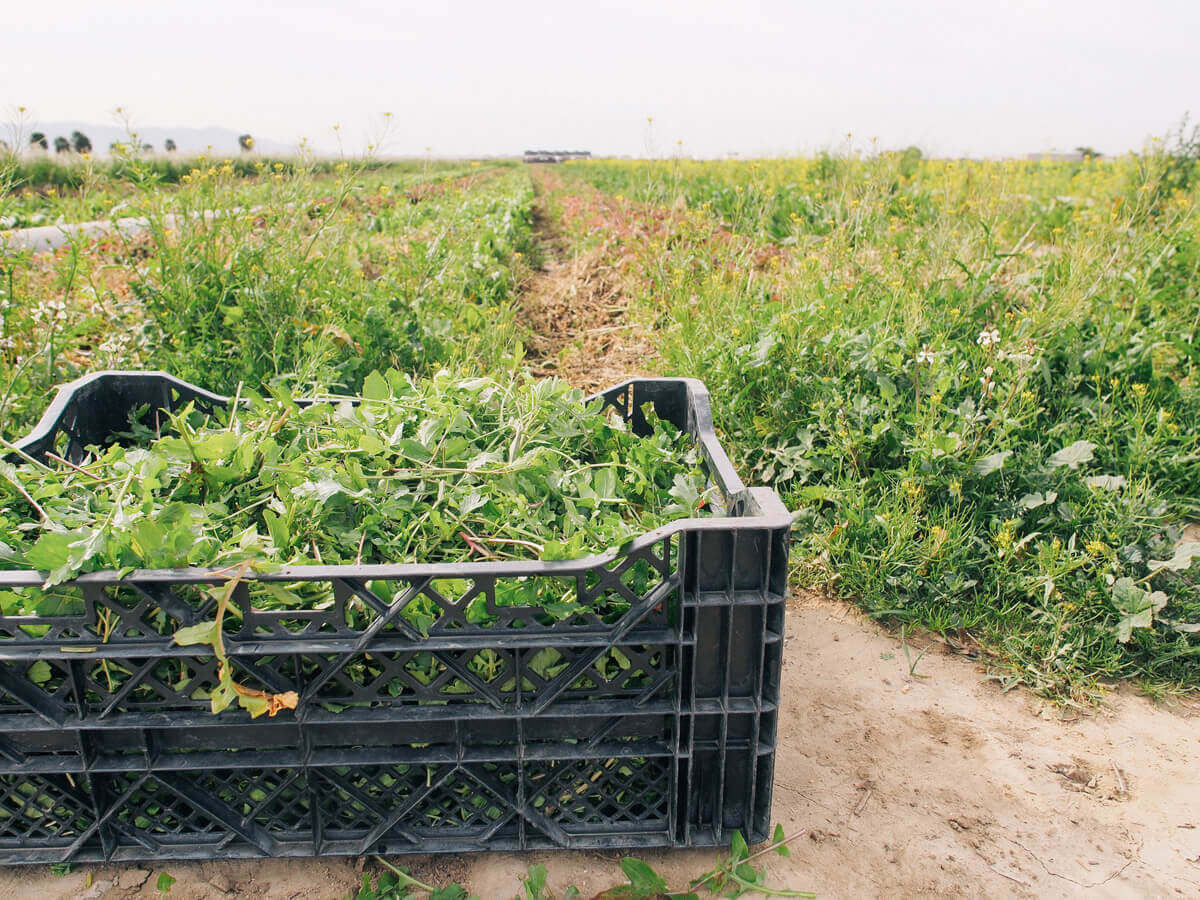
What Is CSA?
Also called a farm share, farm box, or farm-to-table delivery, CSA is an acronym for “Community Supported Agriculture.” At its core, community supported agriculture is a local farm that is directly financially supported by the people in the region it serves. You give the farm money, and the farm gives you fresh produce in return.
It is a simple, old-fashioned transaction lost in the modern world of mass-produced food, when the garlic you buy at the grocer is shipped thousands of miles from Chinese factories.
Members (or subscribers) of a CSA program buy “shares” of the farm’s bounty every season. An individual share is a box of produce that is delivered to your door (or made available for pickup) weekly or biweekly, depending on the program.
Traditional CSAs involve a certain level of risk as members pay for the whole season’s produce upfront, regardless of how well the farm fares. But where there are risks, there are benefits. If it’s a good season, everyone shares in the bounty. If flooding, drought, disease, or other unforeseen circumstances wipe out the tomato crop, you may be disappointed but you take it all in stride and cheer on the squash harvest.
This type of CSA very much binds the community together because you are all invested in the success of that business. The money — and the product — stays in the community.
Some CSAs don’t require a season-long commitment, and instead allow members to buy shares à la carte. Maybe you favor boxes heavy on the leafy greens, or simply want a CSA delivery during the holidays when you’re endlessly entertaining. You can pay as you go and sample the goods from several farms, if you’re lucky enough to live in an area with many to choose from. (Check LocalHarvest for the most comprehensive listing of CSAs in the country.)
Other CSAs are run as cooperatives (or collectives), meaning a few different farms have forged a partnership that enables their CSA members to receive produce from every farm in every share. This is often the case with specialty farms, where one might provide herbs and microgreens, another deals exclusively in exotic heirlooms, another grows conventional crops, and another raises free-range eggs.
Some farms operate market-style CSAs, where consumers visit the farm stand (similar to a farmers’ market) and fill their boxes with an array of vegetables, herbs, fruits, and flowers of their choice.
As the CSA movement progresses, “CSA-style” programs are starting to pop up more and more. They’re managed by non-farming third parties, who aggregate produce from local farmers (and sometimes artisanal food makers) and resell the “curated” shares to their members.
While you don’t get to know your farmer the way you do with other CSAs, it can be a wonderful way to find local growers and small-batch bakers, preservers, and even coffee roasters, who otherwise don’t have the time or resources to maintain their own CSA. Reputable CSA-style programs source from reliable farmers and makers, and willingly share where all of their products come from. (If they don’t, beware.)
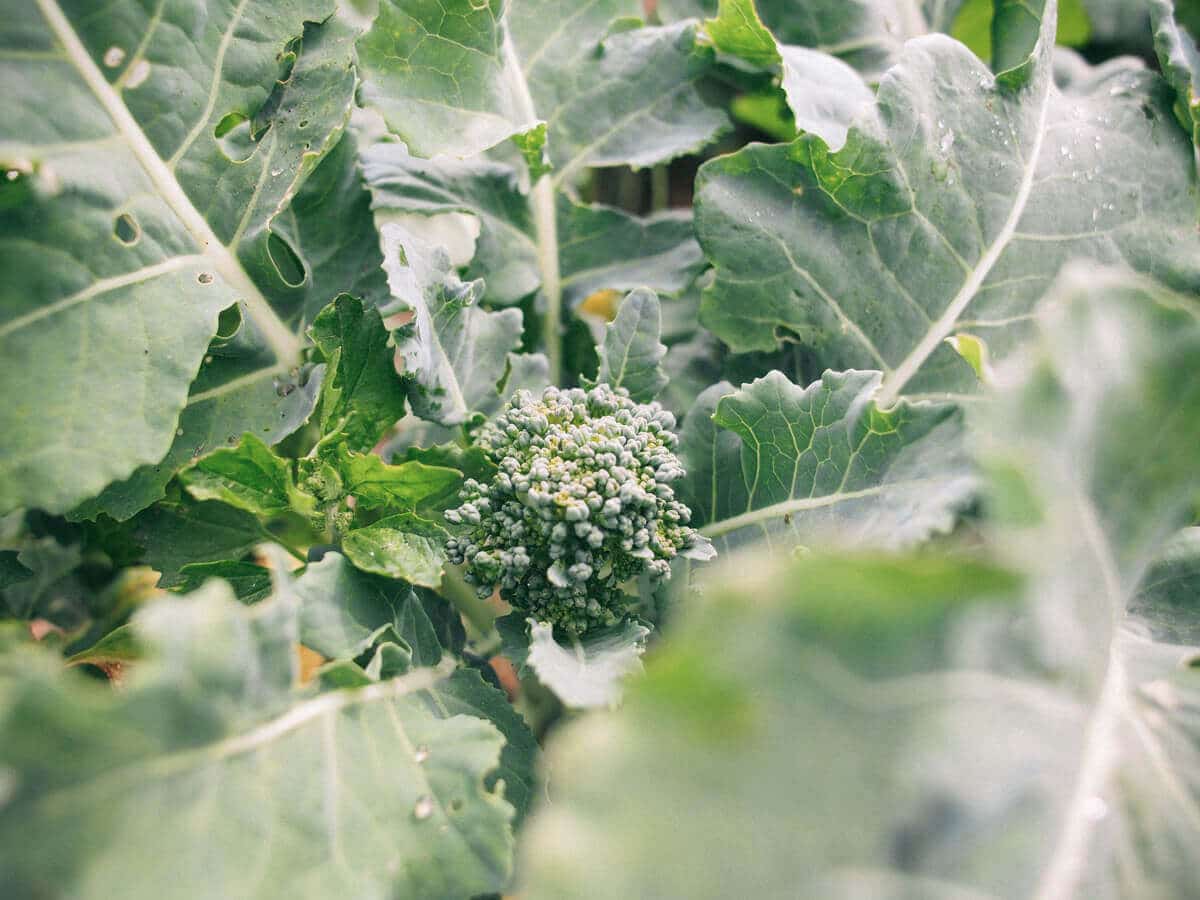
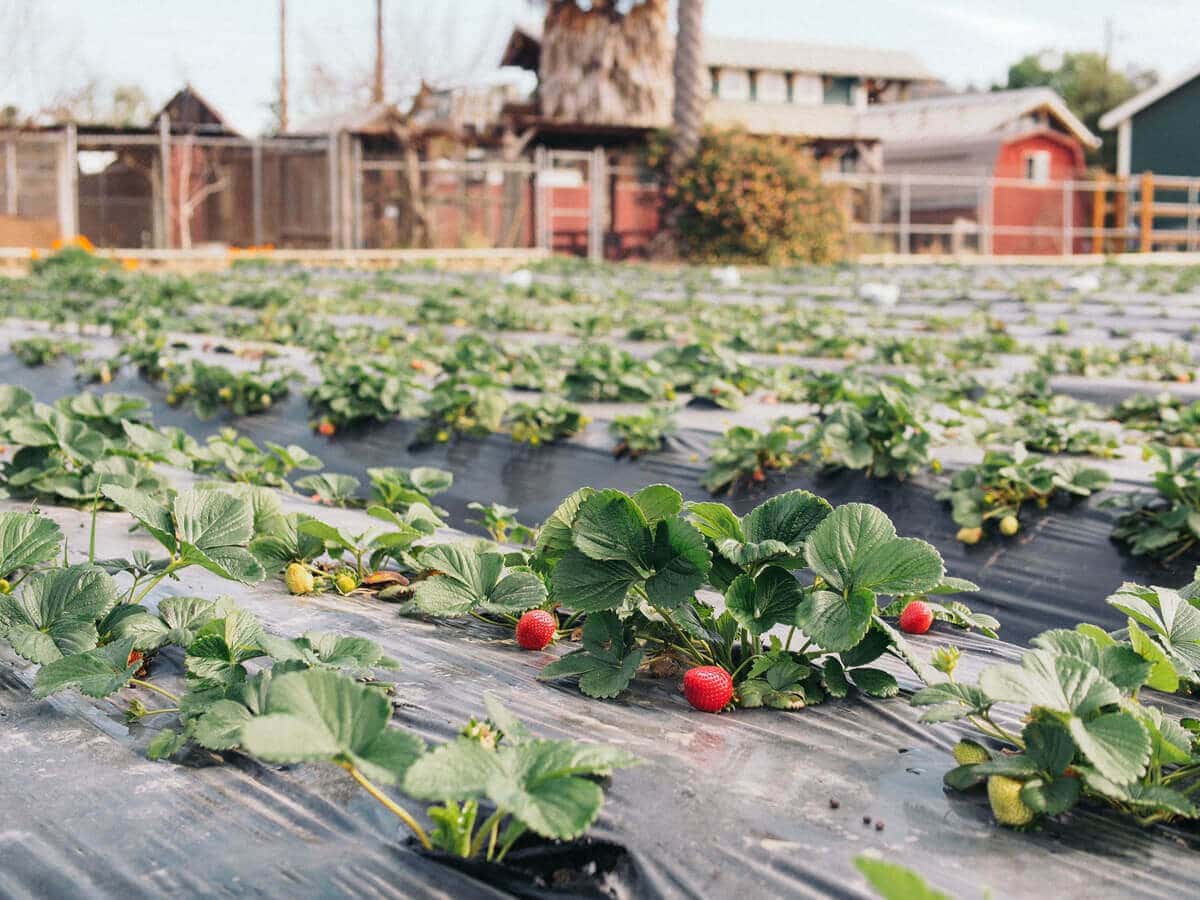
And CSA programs aren’t solely about vegetables. While that’s the most common form of farm share, there are also fruit CSAs, dairy CSAs, meat CSAs, and CSAs that bring farm-fresh eggs, honey, bread, pickles, jams, and other goods to their members. Some are standalone programs and some are part of cooperatives.

The Growth of CSAs: Three Decades and Counting
The concept of a CSA was introduced to the United States in 1985 by an east coast farm. But, it had taken off 20 years prior in Japan, where a similar model was called teikei, literally translated to mean partnership or cooperation. Concerned with the use of pesticides, the increase in processed foods, and the loss of arable land to industrialization (sound familiar?), a group of Japanese women started a community initiative in which local farms were supported by consumers on an annual basis.
A similar model started in Europe around the same time. Driven by the principles of biodynamic farming, where all living things (animals, plants, and land) are dependent on one another, cooperative farmers in Switzerland and Holland developed a direct-to-consumer model as a social and economic component of these ideas of interdependence.
The model made its way to North America via Jan Vander Tuin, co-founder of a CSA-type project near Zurich, Switzerland. He presented the innovative idea to an American organic farmer named Robyn Van En, who was in her second season at Indian Line Farm in South Egremont, Massachusetts.
Realizing that many small farmers across the country were struggling with the realities of market farming, she partnered with a group of locals and dubbed their Swiss-inspired endeavor “Community Supported Agriculture.” They started by sharing apples and cider produced by an apple orchard, and eventually offered shares in the vegetable harvests as well. The CSA was born.
Robyn Van En (who passed away in 1997 but left her legacy at Indian Line) is the farmer credited with the proliferation of CSAs across the United States, 200 of which she helped created through the 1980s and ’90s.
It’s hard to say how many CSA programs currently exist in this country, since there’s no official count by the government. But in researching the industry for my book proposal, I found an estimate of over 12,000 CSAs in operation in 2007. That number has certainly grown by leaps and bounds, especially with the emergence of specialty CSAs like dairy and eggs.
Some CSAs may only have 30 members while others easily serve 300 or more. At this point in time, it’s safe to assume there are hundreds of thousands of families buying fresh food every season from their local farms.
And that’s the draw of CSAs: They connect farmers with consumers, and often without middlemen. Farmers improve their cash flow and foster relationships with the people who eat their food. Consumers learn how and where their food is grown, become exposed to new vegetables they might otherwise never see or try, and attain fresh, whole food raised by farmers in their own community. Some farms even allow members to visit their fields, or plan special events for the public like harvest festivals and farm-to-table dinners.
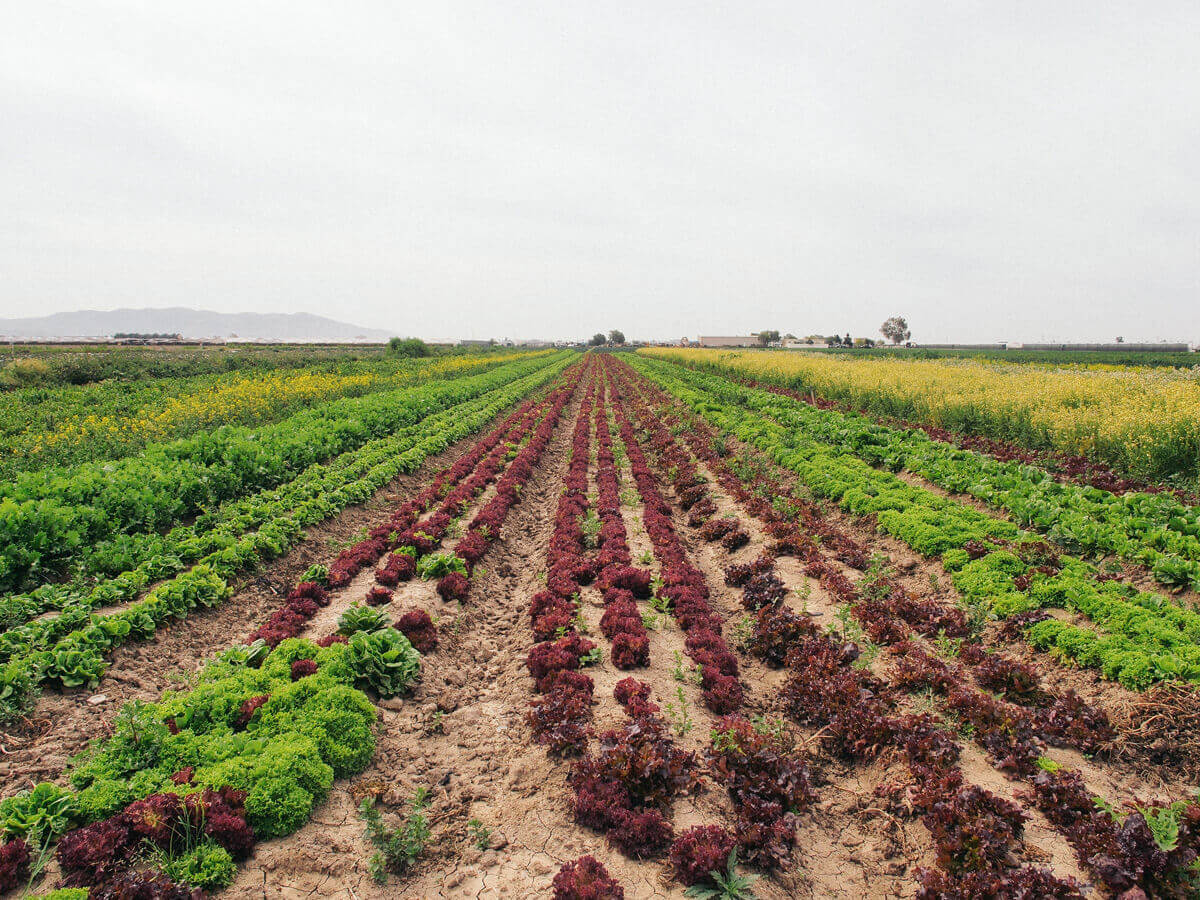
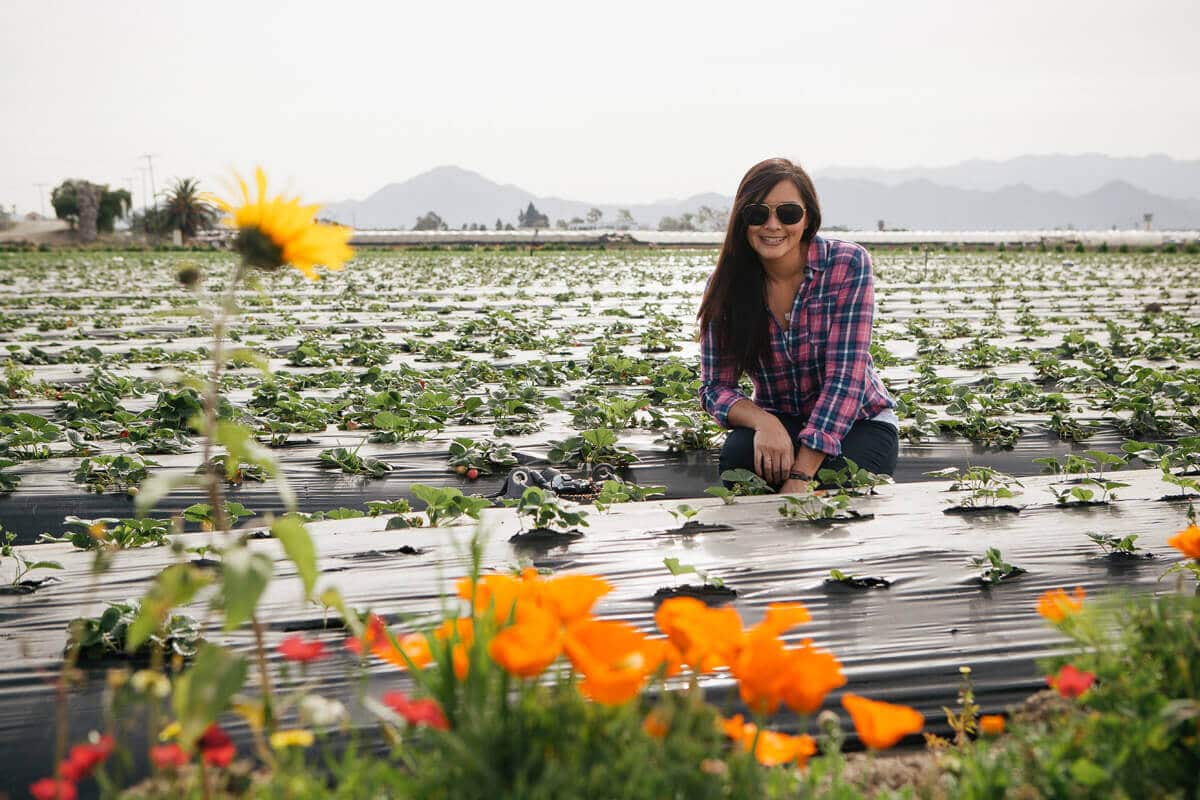
When you think about it, the CSA model makes perfect sense. I am sort of astonished that it took so long to gain hold in what’s considered a progressive country. But I suppose it’s ironic that you have to go “backward” in order to be progressive.
Community supported agriculture is, quite simply, sustainable food at its very roots.
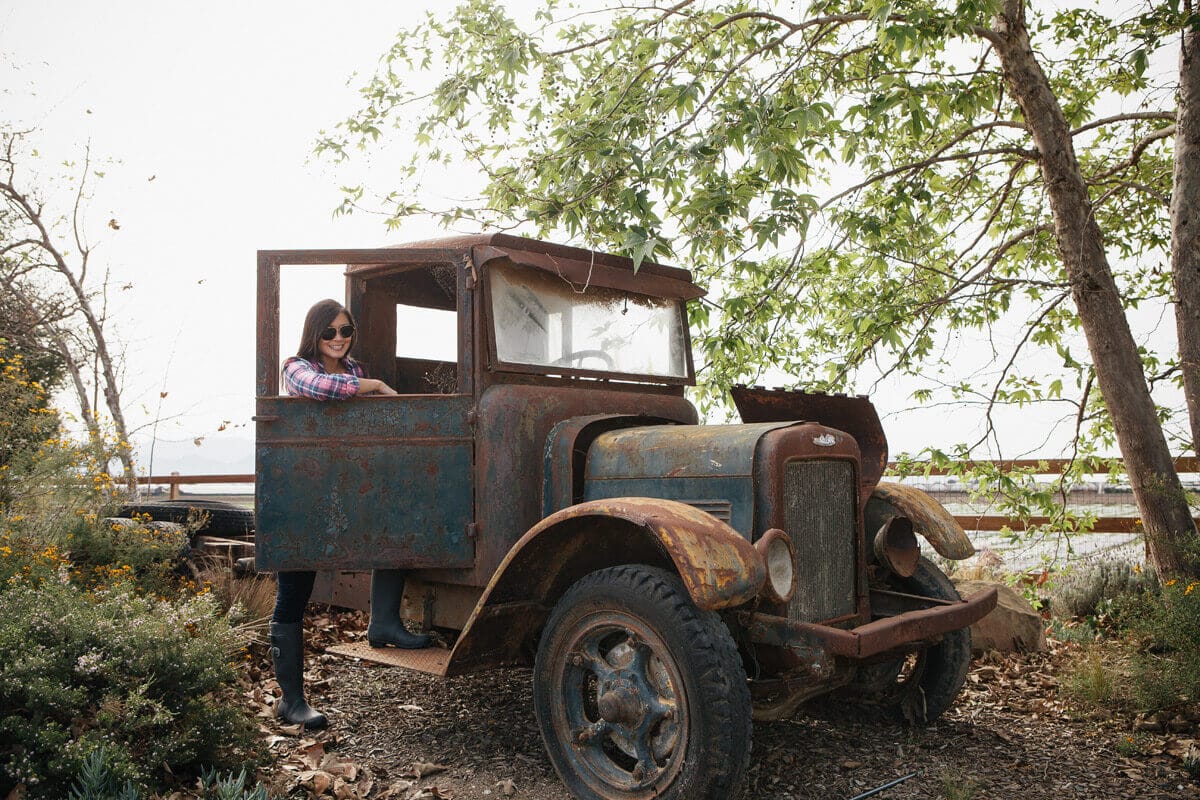
Why I Wrote a Cookbook For the CSA Movement
Buying a CSA share is like shopping at a farmers’ market, only you let the farmer do the shopping for you. You don’t get to pick what goes into your weekly box, and your dinner menu is dictated by what’s currently in season. This is often the reason many people shy away from joining, even if they know they should be eating seasonally. They hear stories of bottomless zucchini in summer and strange Sputnik-looking things sneaking into their shares in fall.
More than once, I’ve had well-meaning friends tell me they subscribed to a CSA, only to be intimidated by their boxes and discouraged enough to toss most of the veggies they didn’t know how to cook.
And this is exactly why I wrote The CSA Cookbook.
While The CSA Cookbook is aimed at all food-conscious cooks, including edible gardeners and farmers’ market goers, it was inspired by all those half-eaten (or half-spoiled) CSA boxes that had many a friend scratching their heads.
What do you do with a bag full of fava beans — for the third week in a row? How do you keep your salad greens from turning slimy before you use them all?
And even the friends who thought they used everything in their boxes still — inadvertently — left the good parts behind, like the green ends of leeks and the leafy tops of carrots. This book was written to help minimize waste in the kitchen, rethink what goes in your compost bin, and introduce an entire range of vegetables you didn’t know existed.
For gardeners, The CSA Cookbook offers recipes for things you grow at home but won’t find at the farmers’ market, like broccoli leaves and tomato leaves. You will be surprised and excited by what you can eat!
And I hope you’ll share your discoveries (and delicious meals) with friends and family when the book is released on March 1, 2015.
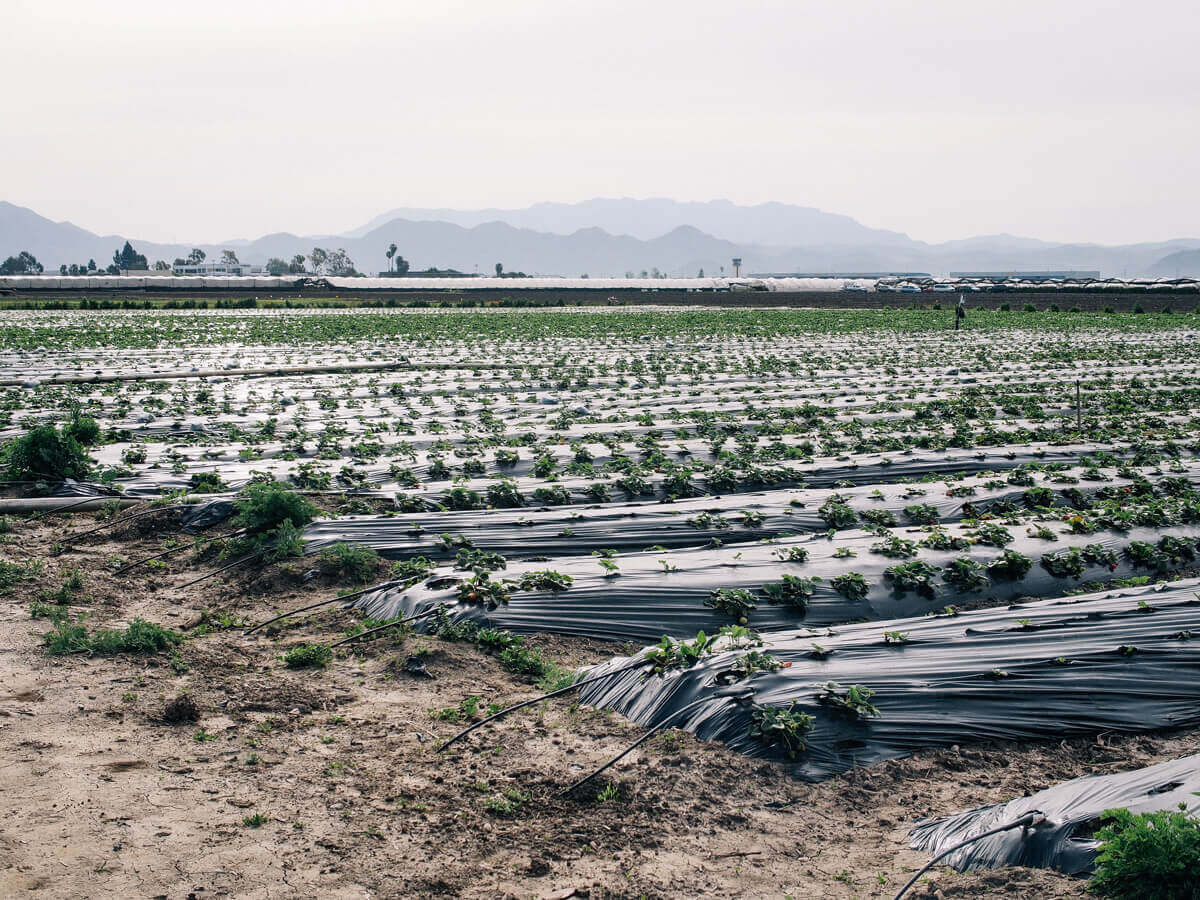
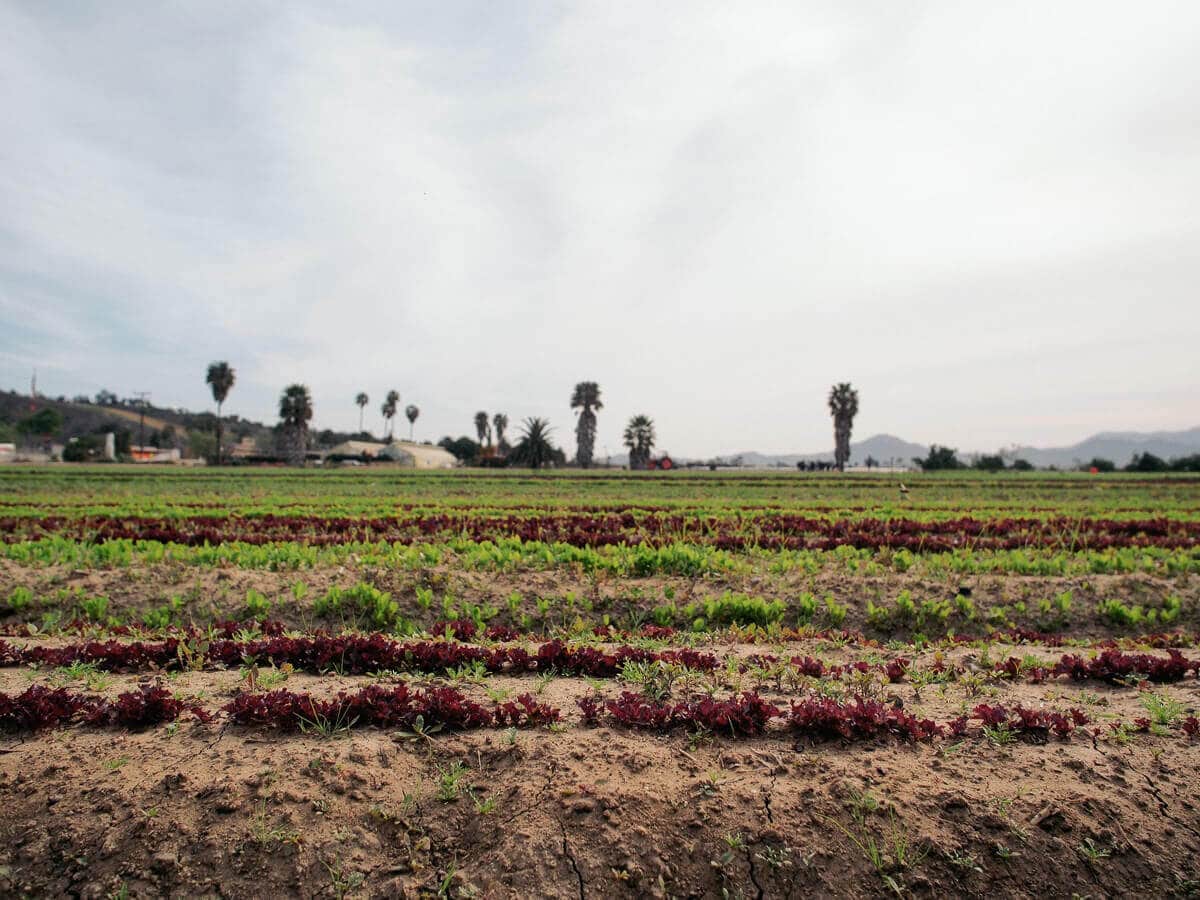
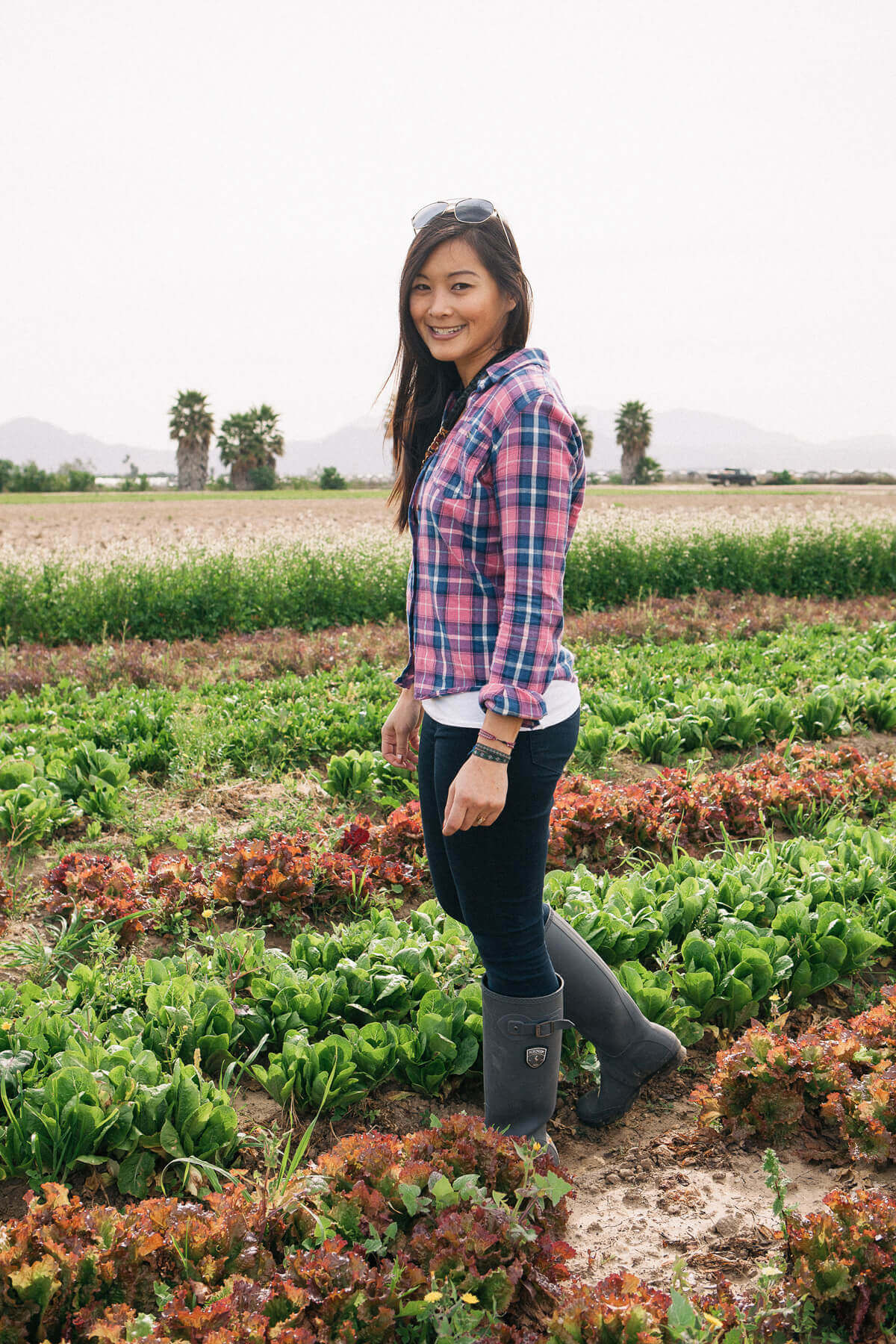
(All images in this post were taken at McGrath Family Farm, a certified organic farm in Ventura, California, that runs a three-season CSA. Special thanks for allowing me to explore this beautiful piece of property on the coast!)
More coverage of The CSA Cookbook:
- The Making of a Cookbook: The Cover Shot
- Behind the Scenes of a Cookbook Photo Shoot (Part I)
- Behind the Scenes of a Cookbook Photo Shoot (Part II)
- The CSA Cookbook Is Coming Soon! A Peek Inside Its Pages
- Why Reader Reviews of Cookbooks Are So Important


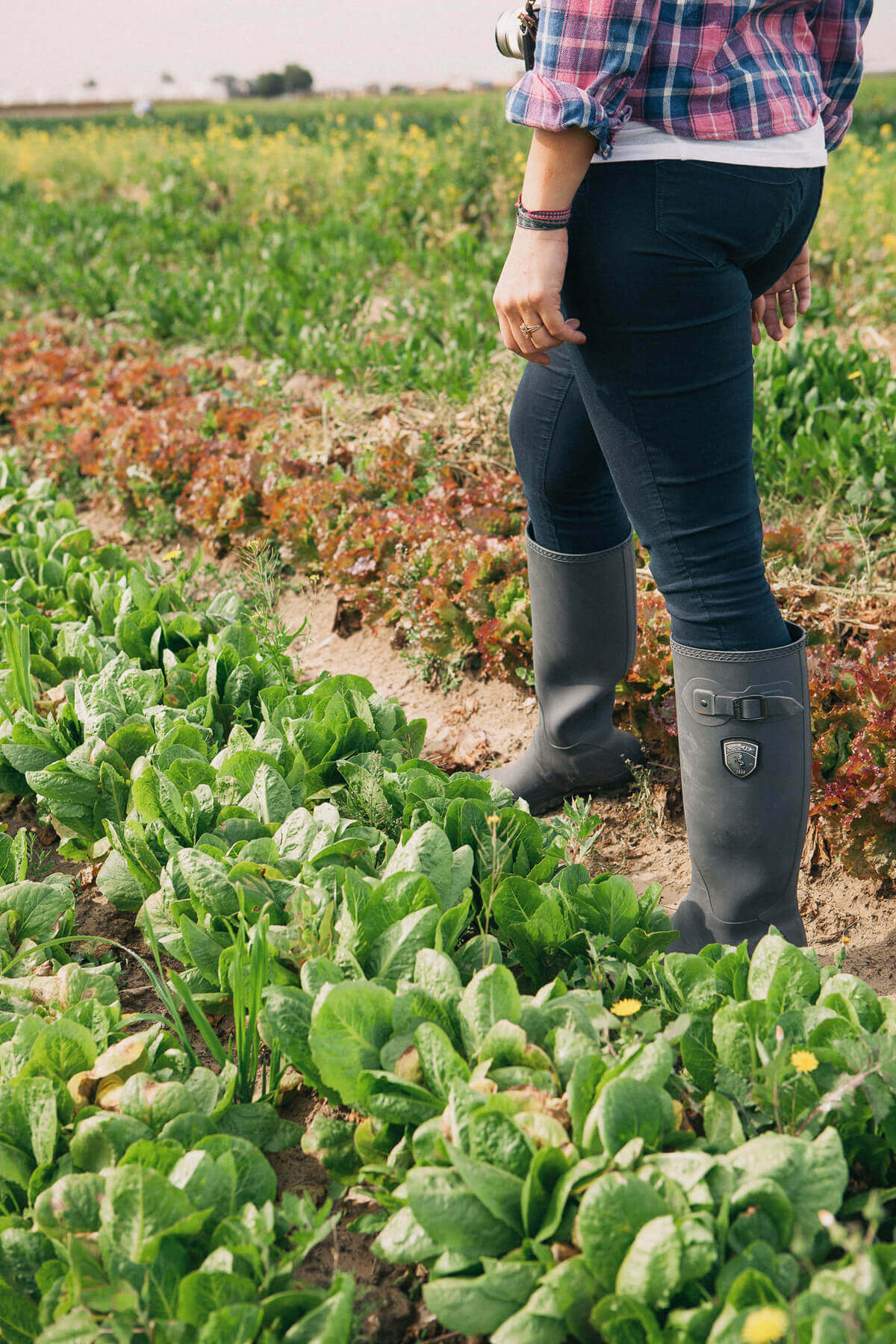













Give a family freedom and they can grow their own food. No need for a communist farm. America is built on the idea of individual freedom and that’s the way it should remain. A family farm is a wonderful thing.
I’m not sure if the farm I bought produce from this summer is a CSA farm, but every other week I would order a box and pick it up at a local farmer’s market. Our local co-op, The Good Earth Market, supports many local producers and is very involved in our community. My husband and I attended two “farm to table” dinners and enjoyed dishes prepared by two innovative chefs. I would love to see you in Billings, Montana on your book tour.
I would love to stop in Montana! I’ll add your co-op to my list of places to consider. 🙂 Were the farm-to-table dinners put on by the market?
The dinners were a cooperative effort by two local restaurants: Lilac and Harper & Madison. The two chefs are very creative and gifted. There were five courses, each paired with a different wine. They were terrific!
What Is CSA? (And Why I Wrote a Cookbook For It) http://t.co/sXhv3Se9G0 < TY for RT! @GingerSesame
Love this book concept! Gonna get a copy as I struggle with eating all my CSA produce. And should your book tour bring you to Albuquerque, I would love to introduce you to the CSA I subscribed to this season. Not only does the model support local farmers, but it helps to get the produce to low-income families. Super cool.
I’d love to visit Albuquerque (or just New Mexico in general, I haven’t explored the state as much as I’d like). Could you leave the name of your CSA in my new post here: http://gardenbetty.com/2014/10/calling-all-readers-where-are-you-based/ This way I can keep track of all the tour stop suggestions in one place. Thank you!
What Is CSA? (And Why I Wrote a Cookbook For It) http://t.co/NwxrrE6ENK < TY for RT! @countryfreshmus @2UFarm @zone5foodgrower
This is sustainable food at its very roots. What Is CSA? (And Why I Wrote a Cookbook For It) http://t.co/g8iVRmBxeJ #gardenchat #foodie
This is amazing! Congratulations to you and your achievement! Not only on writing a book but on being a part of something so great! I want to start a little garden. I want to have peppermint leafs and an avocado plant!
RT @theGardenBetty: DYK: The farm-to-consumer model started in Japan and Switzerland. What Is CSA? (And Why I Wrote a Cookbook For It) http…
DYK: The farm-to-consumer model started in Japan and Switzerland. What Is CSA? (And Why I Wrote a Cookbook For It) http://t.co/sXhv3Se9G0
A visit to @McGrathFarm and a look at the history of CSA farms. What Is CSA? (And Why I Wrote a Cookbook For It) http://t.co/mE7HIDc3gB
Farmers selling to consumers is actually a new-ish thing. What Is CSA (And Why I Wrote a Cookbook For It) http://t.co/b5msXDLLTV #gardenchat
RT @theGardenBetty: The story behind my forthcoming book. What Is CSA? (And Why I Wrote a Cookbook For It) http://t.co/NwxrrE6ENK #thecsaco…
RT @theGardenBetty: The story behind my forthcoming book. What Is CSA? (And Why I Wrote a Cookbook For It) http://t.co/NwxrrE6ENK #thecsaco…
“What Is CSA?” http://t.co/gTIviY85xv
RT @theGardenBetty: The story behind my forthcoming book. What Is CSA? (And Why I Wrote a Cookbook For It) http://t.co/NwxrrE6ENK #thecsaco…
We have a CSA-style program in Texas called Greenling, and for the most part I’ve had good experiences with them. It offers the distinct benefit of delivery, rather than trying to schedule around drop-offs (they are all on Saturday mornings! grr), which is convenient for me. On the flip side, as it’s both a reseller and for-profit company, I don’t doubt that I’m getting less for more. I think next year my schedule will allow me to go for a CSA instead, which I’m excited about.
I think door-to-door delivery is the main advantage of these CSA-style programs. You’re likely paying for the convenience and not so much the cost of goods. But, it’s still a nice way to support local food and stock up on fresh produce.
Have you searched for other CSAs through http://www.localharvest.org/csa ?
Yeah, I have. Texas is not quite California when it comes to range of options, it seems. 😉
The story behind my forthcoming book. What Is CSA? (And Why I Wrote a Cookbook For It) http://t.co/NwxrrE6ENK #thecsacookbook
Blogged on Garden Betty: What Is CSA? (And Why I Wrote a Cookbook For It) http://t.co/FIdhvzbzng